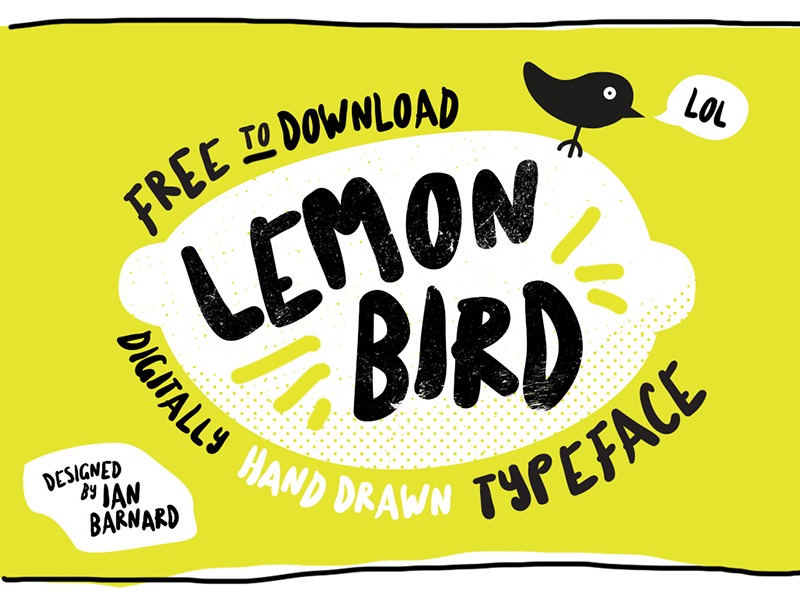For experienced Internet hands, the subtleties of font usage on the Web is probably old hat. But for many newcomers, it’s often a sour pill to swallow – the fonts you use on your computer every day cannot be used on your Web site.

In the earliest days of the Web, the number of fonts available to Web designers counted about five. Beautiful typography was non-existent. The source of the problem lied in the fact that when a designer specified a font – Arial, Helvetica or Times New Roman, for example – that font had to be installed on the computer of the user visiting the web site or the font simply couldn’t be displayed. It was impossible to know who might visit your Web site and what fonts he or she might have installed.
A solution was first proposed in 1998 with CSS2, but the techniques never caught on. It wasn’t until 2009 that a robust solution finally gained traction: the CSS3 Font Module, which allowed designers to send font files down the pipe just like images.
But there was a catch. A few actually, and not small ones.
For one, fonts are made by font designers who earn their living from making fonts. Many would not be able to eat if their products flourished freely across the Internet. Browser support was inconsistent, too, which made consistent display impossible at times.
By late 2010, however, most of those issues had been solved and a new era of Web typography was in full swing. Yet still the problem remained: the fonts you used on your computer every day could not be used on your Web site.
The reasons were two-fold. The first was mostly a technical issue. Many, if not all, of the fonts on your computer are optimized for print, not digital display. So they just don’t look right on the Web. They are too small, too rough. The other reason was a legal one: you only have the right to use, not distribute, the fonts on your computer.
Free public libraries
So what is the answer? Since web typography has spread, a handful of services have come along to help solve this issue. The two most notable ones are Google Fonts and Font Squirrel. The first offers a library of fonts freely available to use in all your digital projects. The second offers an easy way to package fonts you own into easily shareable web formats. And both are free.
Spend some money
It’s still likely, however, that most of the fonts you love are not available from the above services because of copyright issues. You can probably find them from paid services such as
Now that you have tons of fonts at your fingertips, take a little time and learn about font pairing and selection.


